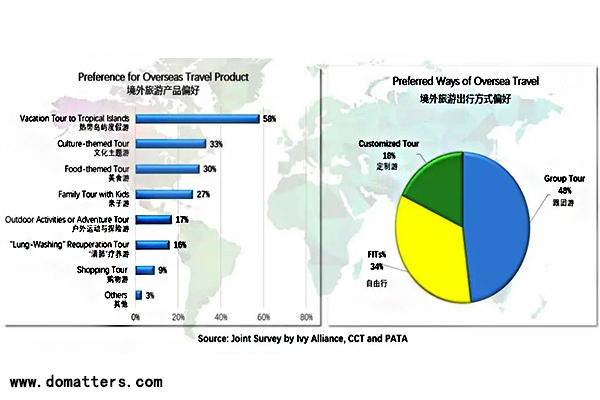The new crown pneumonia epidemic has undoubtedly brought a heavy blow to the global tourism industry. Many countries and regions are trying to restart tourism to support economic recovery. However, judging from the current situation, due to the uncertainty of the epidemic, the recovery of cross-border tourism still faces challenges, and the recovery of the tourism industry may be slower than expected.
The United Nations World Tourism Organization pointed out that from January to May this year, the impact of the new crown pneumonia epidemic has caused the global tourism industry to lose 320 billion US dollars in revenue, threatening the livelihoods of millions of people. The global tourism revenue loss from January to May this year will be more than three times the loss during the 2009 global financial crisis. According to a survey released by the International Air Transport Association in June this year, half of the respondents said they would wait six months or more before choosing to travel again.
Although there are many ideas from all walks of life to restore the tourism industry, it is clear that the liberalization of cross-border tourism is still quite difficult at present. The United Nations World Tourism Organization predicts that the number of international tourists in 2020 is likely to drop to 60% to 80%. If a large-scale epidemic occurs again, the situation will get worse. They expect that international tourism will resume in the second half of 2021, and some members expect a recovery in the first half of next year.
According to data from the China Tourism Academy (CTA), the number of Chinese citizens traveling abroad reached 155 million in 2019, an increase of 3.3% over the same period last year. According to data from the World Tourism Organization (UNWTO), China’s overseas travel consumption reached 277.3 billion U.S. dollars in 2018, making it become the NO.1 country in overseas travel consumption.
This year, due to the impact of the epidemic, although China’s domestic tourism industry is now showing signs of recovery, outbound tourism and global overseas tourism are still in a state of suspension, and it will take a long time to return to the state before the epidemic. However, people’s pursuit of a better life has not changed. After the epidemic, people’s suppressed travel needs need to be released. Many people still have a strong desire to travel. According to a survey of Chinese tourists in the “post-epidemic era”, 56% of the interviewees have a clear intention to travel in 2020, and 45% are considering traveling overseas.
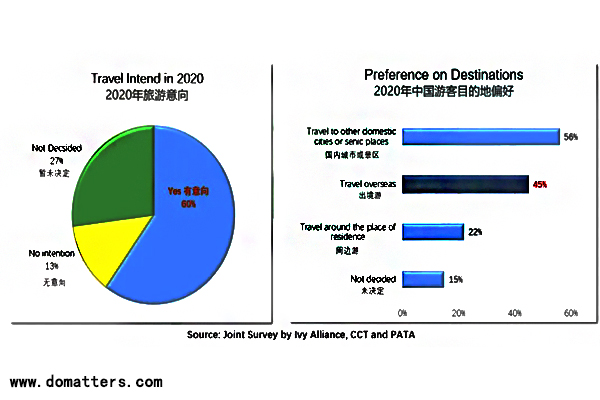
The epidemic will promote the following four major changes in China’s outbound travel market.
One is that online consumption will form a habit. At this stage, Chinese tourists are cautious about future travel and tend to listen to reliable advice. In China, online publicity channels have become an important factor influencing people’s decisions. The tourism industry is too broad, including food, lodging, travel, shopping and entertainment. We must choose different promotion channels for different subjects. It is different for the C side and the B side. In China, the most popular publicity channels for the tourism industry are Chinese social media, such as WeChat, Weibo, Douyin, Kuaishou, Xiaohongshu and so on. But the most important thing for a long-term brand is content. Whether it is a precise customer group or innovative content, especially the current integration of culture and tourism, it must be in harmony with the cultural spirit. Once you choose a channel, you need to be prepared to focus on long-term publicity. Compared with tourism, continuous brand investment is more meaningful for future development.
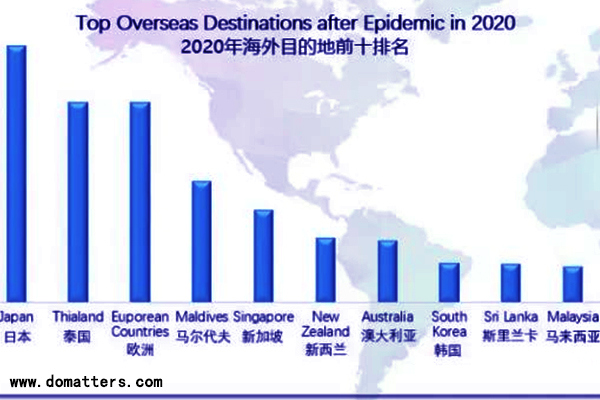
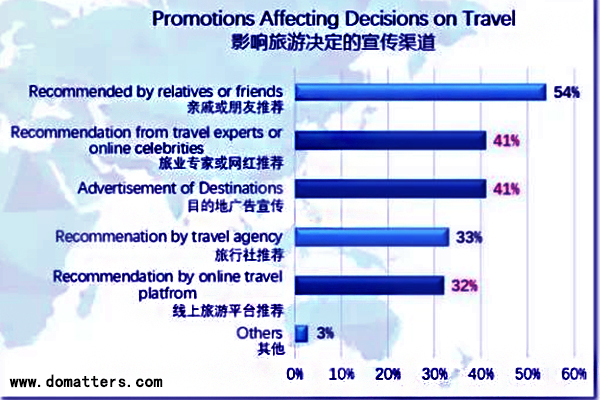
Second, more people have a new understanding of life and health, and middle-aged and elderly people will invest more in tourism in the future. This is a big opportunity for the travel insurance industry.
The third is to pay more attention to experience and quality. There will be more and more customized tours and small family-based tourism products.Chinese people are more inclined to quality tours & family tourism.
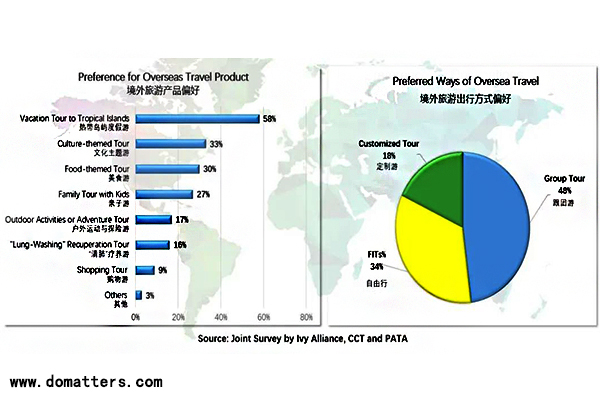
Fourth, under the travel model of the “post-epidemic era”, Chinese tourists will put forward higher requirements for the destination’s safety environment, service quality and quality experience of tourism products.

